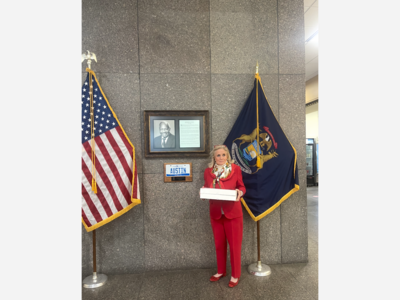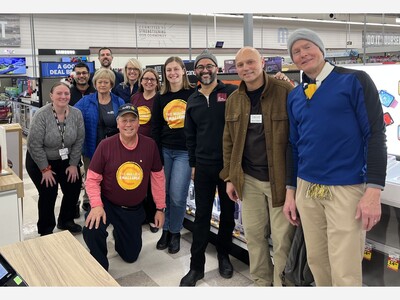What is the #2 recycle code Plastic materials - HDPE
RIC – What is the #2 recycle code Plastic materials - HDPE
The number inside the triangle on your plastic container is known as a RIC, Resin Identification Code. Of the seven material identification numbers the #2 Recycle code is High Density Polyethylene shortened to HDPE. We identify this material with the gallon milk bottle.
While HDPE plastic material is identified with the number 2 inside the triangle, it is number 1 globally in overall usage. HDPE containers and PET used for soda bottles are the two big hitters in the world of plastic materials for consumer packaging. These two make up 96% of all plastics bottles in the United States markets according to the Association or Post Consumer Plastic Recyclers data from 2013. Within the seven recycle codes polyethylene holds two spots the #2 HDPE and #4 LDPE. Low Density Polyethylene is used for flexible films and soft containers. HDPE is more rigid and commonly used in personal care containers like shampoo, laundry soap bottles, dairy products, and drink containers for nutritional beverages you see on the store shelf. This material is often used in bottle caps which also can be included in your recycling bin. Many of the plastic shopping bags from grocery stores are made from HDPE.
Nationally the recycling recovery rate for HDPE is 31.6% which is 1,045 million pounds according to the last figures compiled by the APR ending in 2013 (The Association of Postconsumer Plastic Recyclers). In addition we as a country imported another 74 million pounds of recycled HDPE from elsewhere. That says there is a demand for the recycled material and it leaves a significant opportunity in the 68% that is not being recycled.
After the recycling process where does it go? It’s worth repeating that HDPE is a very highly recycled materials. Bottles made from HDPE that include color are often recycled into laundry soap bottles, plastic decking lumber, outdoor furniture, industrial pallets, road construction markers, trash containers, and benches. HDPE can also go back into flower pots or planting trays and drainage pipe. Milk bottles that are natural in color are very identifiable by shape and can be sorted by site to be reclaimed back into food packages.
In the city of Saline we can recycle HDPE #2 without hesitation. The HDPE in the form of bottles, containers, bottle caps, plastic bags, all can be placed in your curb side recycling bins. Plastic caps and shopping bags are two items that often get overlooked. For plastic bags it helps if you place the bags inside one another to form one bundle to place into your bin. This bundling method makes it easy to collect and transport down the conveyor lines at Waste Management’s reclamation center. Caps can be placed into the recycle bin and often have small recycle codes. They can also be left loosely on the bottles to allow the air to escape when compacted into bales.
Keep it green
I’ll be giving more examples of recycling for each number over the next weeks. Next up, #3 PVC.
Keep Saline Green, and check our web site www.Salinebegreen.com for more information.
Dennis Kittel
Saline Environmental Commission
References: SPI: the plastics industry trade association
More News from Saline
- BOYS BASKETBALL: Costigan Shines in Saline's Defeat of Pioneer Sophomore Brady Costigan scored 24 points to help Saline down Pioneer, 70-60.
- GIRLS BASKETBALL: Roehm Leads Saline Past Pioneer Senior Keira Roehm scored 21 points to lead Saline to a 63-33 win over Pioneer Friday














